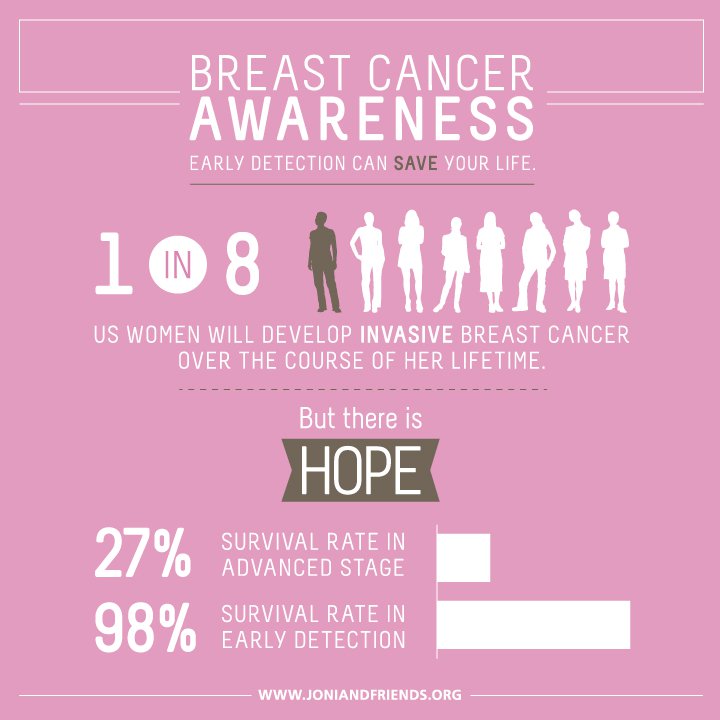
Diagnosed with Cancer? Your two greatest challenges are understanding cancer and understanding possible side effects from chemo and radiation. Knowledge is Power!
Learn about conventional, complementary, and integrative therapies.
Dealing with treatment side effects? Learn about evidence-based therapies to alleviate your symptoms.
Click the orange button to the right to learn more.
Breast Cancer Mistletoe Extract

In my experience as a cancer survivor, oncology discounts the importance of quality of life for cancer patients. According to the meta analysis linked below, mistletoe extract improved the quality of life of breast cancer patients.
Mistletoe extract may also be a cancer therapy aka kill cancer as well, unfortunately the research on this issue is vague.
What are the risks and benefits of mistletoe extract?
Potential Benefits:
- Cancer Treatment: Some studies have suggested that mistletoe extract might have anti-cancer properties and could be used as a complementary therapy for cancer patients. It has been investigated for its potential to stimulate the immune system and improve the quality of life for cancer patients.
- Immunomodulatory Effects: Mistletoe extract contains compounds that may have immunomodulatory effects, which means they could influence the immune system. This has led to its exploration in conditions where immune system modulation may be beneficial.
- Cardiovascular Health: Some research suggests that mistletoe extract may have cardiovascular benefits, including potential blood pressure-lowering effects. However, more research is needed to confirm these findings.
Potential Risks:
- Toxicity: Mistletoe is known to be toxic, and ingestion of the plant or its berries can lead to adverse effects, including nausea, vomiting, diarrhea, and in severe cases, more serious toxic reactions.
- Drug Interactions: Mistletoe may interact with certain medications. For example, it could potentially enhance the effects of anticoagulant medications, leading to an increased risk of bleeding.
- Allergic Reactions: Some individuals may be allergic to mistletoe, and exposure can cause allergic reactions ranging from mild skin irritation to more severe symptoms.
- Pregnancy and Lactation: Mistletoe is generally not recommended for use during pregnancy or breastfeeding due to the lack of sufficient safety data. It may stimulate uterine contractions, posing a potential risk during pregnancy.
- Quality and Standardization: The quality of mistletoe extracts can vary, and there is a lack of standardization in preparation methods. This makes it challenging to ensure consistent and safe doses across different products.
Have you been diagnosed with breast cancer? What type? What stage? If you’d like to learn more about evidence-base non-conventional cancer therapies Let me know- David.PeopleBeatingCancer@gmail.com
thanks,
David Emerson
- Cancer Survivor
- Cancer Coach
- Director PeopleBeatingCancer
Quality of Life in Breast Cancer Patients Treated With Mistletoe Extracts: A Systematic Review and Meta-Analysis
“Breast cancer is the most common cancer type in women and quality of life an essential part of patients’ well-being. Although the treatment with mistletoe extracts is covered by multiple cancer guidelines and reviews, it is uncertain whether mistletoe extracts can improve the quality of life in breast cancer patients…
Results:
Discussion
General Interpretation in Context of Other Evidence
Does Mistletoe Help Treat Cancer? An Evidence-Based Look
“If you or someone you know has cancer, you may find yourself researching alternative and natural therapies to potentially improve treatment outcomes and enhance overall health and quality of life…
Mistletoe contains several compounds that may have therapeutic potential, including:
- lectins,
- viscotoxins,
- flavonoids,
- oligo- and polysaccharides,
- membrane lipids,
- alkaloids,
and more (2Trusted Source).
Although experts don’t yet fully understand how mistletoe’s potential anticancer properties work, it’s thought that the lectins concentrated in mistletoe may modulate the immune system, improving immune defenses and decreasing negative effects of cancer treatments (2Trusted Source)…
Viscotoxins are another type of active compound found in mistletoe. They are believed to have anticancer effects (1Trusted Source).
However, research suggests that complete mistletoe extract has more powerful anticancer effects than the isolated compounds found in mistletoe, implying that all compounds found in mistletoe, not just lectins and viscotoxins, contribute to these effects (1Trusted Source).
Studies show that mistletoe affects the immune system in a variety of ways that may be beneficial in treating cancer and reducing side effects of cancer treatment.
For example, in human studies, mistletoe extract administration has been shown to increase numbers of natural killer cells (NK cells), which are immune cells that fight cancer (7Trusted Source, 8Trusted Source, 9Trusted Source).
Mistletoe has also been shown to have anti-inflammatory effects, and some research suggests it may act as an antiangiogenesis agent. This means it may prevent the spread of cancer by stopping the growth of new blood vessels, cutting off fuel supply to tumors (4, 5Trusted Source).”

